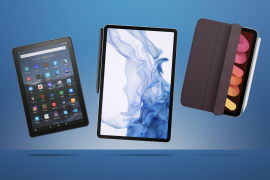What is Mini-LED? The display tech explained
What makes these displays so awesome? Look closely
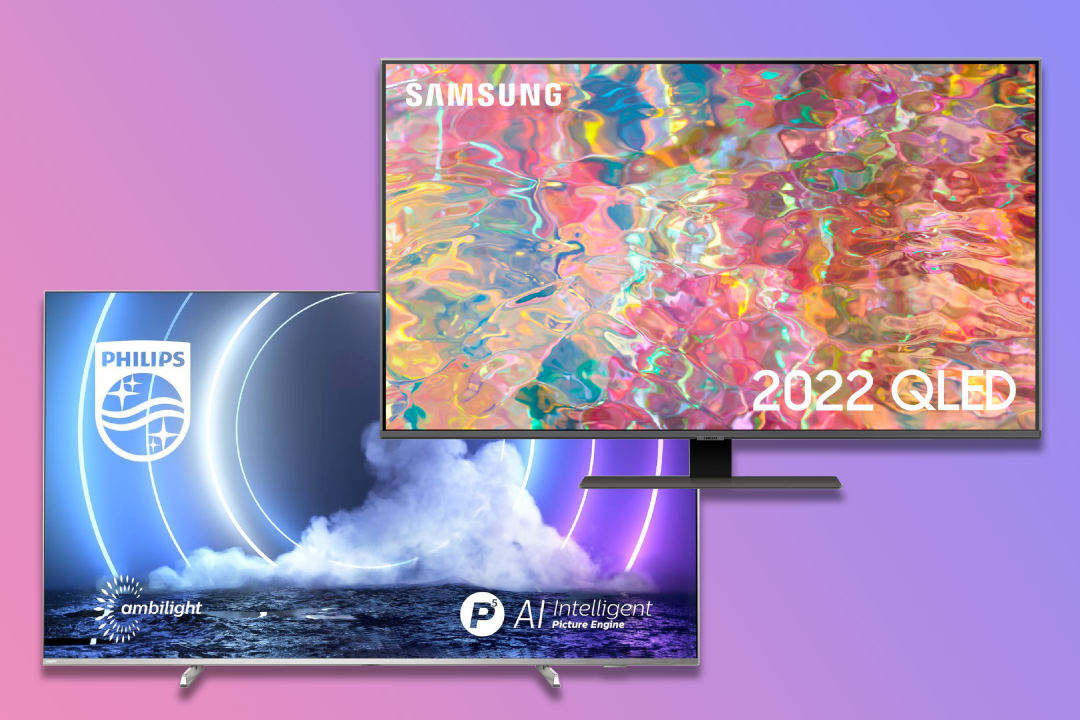
Are you familiar with cutting-edge mini-LED technology? Between OLED, QLED, LED and all the rest, it’s sometimes difficult to know what tech your TV runs on…and if you should even care.
That doesn’t stop the hype train though, and mini-LED is one of the hottest new technologies in the home entertainment space. Better still, as this innovative technology becomes more affordable, it’s taking the place of typical TV sets. There are many advantages to using mini-LED, but some may be a little overkill for your needs. Here’s what you should know about before taking the mini-plunge on mini-LED.
What is it?
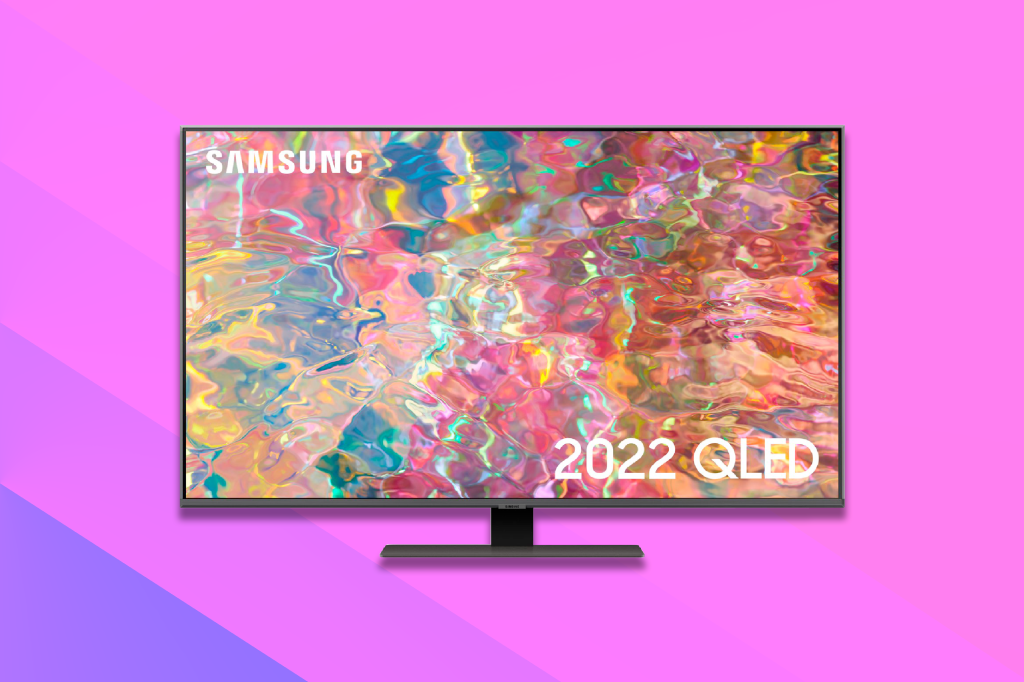
When it comes to TV displays, mini-LED technology outperforms traditional LCD TVs with deeper blacks, brighter whites, better contrast ratios, and wider colour gamuts. In translation, it helps stop colours bleeding each other, making for an all round bolder viewing experience. Also, televisions that use this technology are also more energy-efficient and require less power to operate.
How does it work?
This innovative display technique employs miniature LEDs to backlight LCD screens, resulting in an exceptionally precise and consistent backlight, thereby producing superior display quality.
The technology utilises miniature light-emitting diodes (LEDs) to backlight an LCD screen. These LEDs are significantly smaller than traditional ones, enabling a higher packing density. As a result, there are several advantages to LCD displays.
Deeper colours, brighter lights
Mini-LEDs can generate richer blacks than conventional LCD displays. This is because of their smaller LED size, which permits more precise local dimming. Consequently, the backlight can be turned off entirely in certain screen areas that are intended to look black, providing a more realistic image.
Did you know that mini-LED displays outperform traditional LCD displays for producing brighter whites? Thanks to the smaller LEDs’ superior light generation capacity, this feature is especially crucial in showcasing HDR content that demands a wide range of brightness levels.
Better contrast ratios
Mini-LED displays offer an advantage over other displays by producing deeper blacks and brighter whites, resulting in great contrast ratios. The contrast ratio, which is a significant factor in determining the overall quality of the image, measures the difference between the lightest and darkest parts of an image.
Wider colour gamuts
Finally, mini-LED displays outshine classic LCD displays when producing a wider range of colours. The term “colour gamut” refers to the full spectrum of colours a display can produce, and a wider range can lead to more vivid and true-to-life images. Additionally, mini-LED displays are renowned for their energy efficiency, thanks to their smaller LEDs which consume less power to operate than LCD displays.
Are there any downsides?
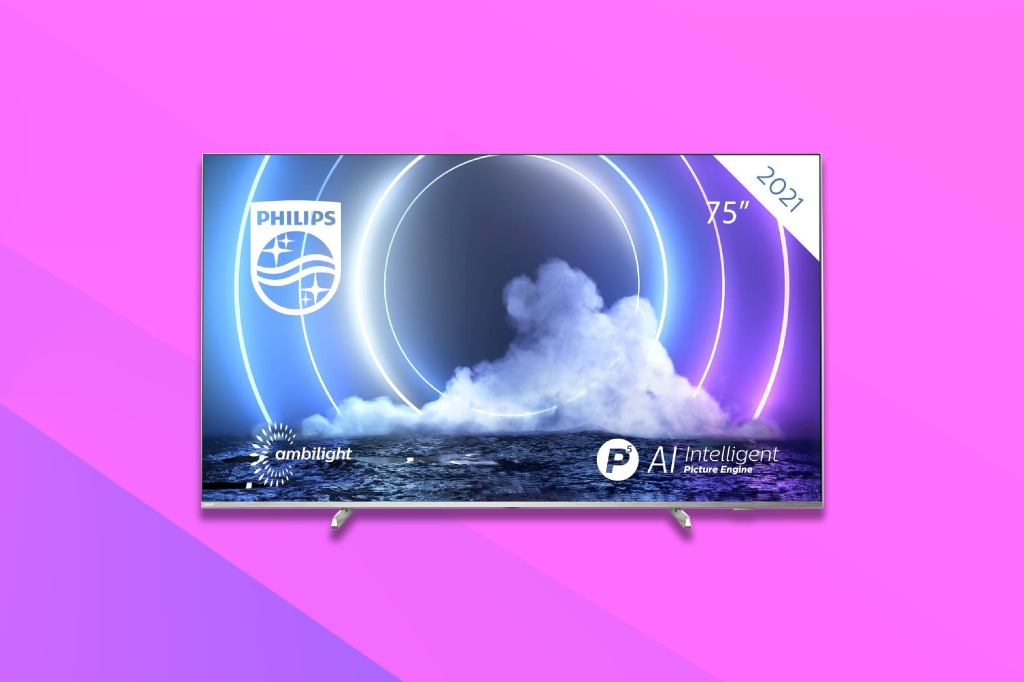
When considering mini-LED, there are three notable drawbacks to remember. However, it’s important to note that some of these issues are not directly related to the technology itself, and may be lessened or resolved in the future.
Cost
Mini-LED displays are a cutting-edge advancement, so their cost may be higher than that of more traditional LCD displays. But with the technology constantly evolving, it is expected that the price of the technology will decrease over time.
The production of mini-LED displays poses a greater challenge than manufacturing traditional LCD displays. This difficulty is primarily attributed to the delicate nature of smaller LEDs, which demand a higher degree of accuracy when it comes to alignment.
Blooming
Have you noticed blooming on your mini-LED display, where bright objects appear against a dark background? This issue is caused by backlight leakage. In turn, this can significantly affect the image quality and make it less enjoyable to view.
What about OLED?
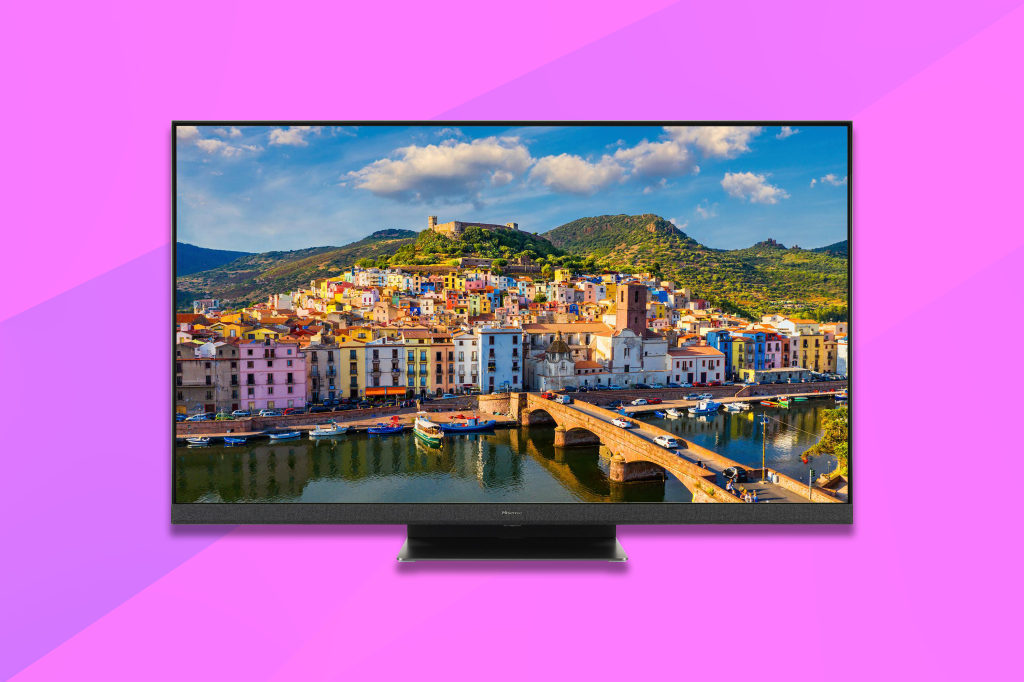
Mini-LED and OLED are currently two of the most advanced display technologies. Both feature excellent picture quality, but the latter OLED remains the preferred choice for TVs. The reasons are that it enables each pixel to emit its own light, providing precision in black levels and infinite contrast. With lightning-fast response times, OLED TVs are ideal for gaming and viewing fast-paced action scenes.
At least for now, OLED TVs are less expensive than their mini-LED counterparts.
Mini-LED is an emerging technology, and it will be interesting to see where it goes from here. It offers many advantages over traditional LCDs but is also more expensive and difficult to manufacture. Overall, it’s much better, but the jury is still out on how impactful the tech will become.


